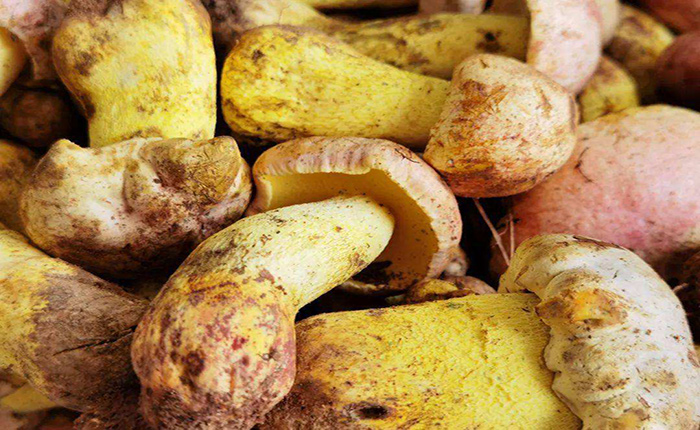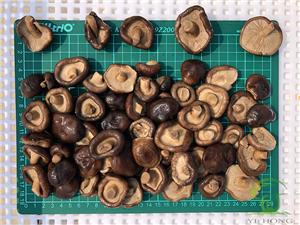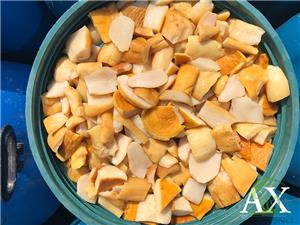Habitat and harvesting of porcini mushrooms
Porcini mushrooms are common in our daily lives with rich nutrition like any other mushroom. Brine wild boletus is rich in nutrients, with a large amount of flesh and thick stems. We will learn more about boletus' growing habits and tips when picking them up.
1. Temperature is crucial to the growth of Boletus, and it is also affected by many factors, such as altitude, slope, etc. Temperature also affects humidity. The most suitable temperature for the growth of boletus mycelium is 24℃ to 28℃, and the fruiting body can grow and develop normally within the range of 5℃ to 28℃, and the suitable temperature for the formation of fruiting body is 16℃ to 24℃. Boletus is concentrated at altitudes between 300m and 600m, but can also grow at altitudes between 200m and 700m. The soil moisture content is best at about 60% during the mycelium growth stage, while the relative humidity is best at about 80% to 90% during the substrate growth stage.

2. Light intensity and pH
The light should not be too strong for the growth of porcine mushrooms, otherwise it will affect the quality of porcine mushrooms. To have delicious and tender porcini mushrooms, we need to find a place where there is no direct light, usually diffused light and the intensity of the diffused light should not be too high, which means that porcini mushrooms are best grown in woods with a high degree of confinement or in areas with a high degree of shade, and in soil with a pH value of 5.0 to 6.0.
3. Notes on harvesting
When wild porcini mushrooms are seven to eight percent mature, they should be harvested on time; if harvested too late, the seeds are vulnerable to nematodes and other pests, which will seriously affect the quality of the product; freshly harvested porcini mushrooms are removed from the base of the stalk with a stainless steel knife to remove soil and impurities, and harvested porcini mushrooms are also graded, such as A3 grade, D grade , etc.
- Company News
- Industry News
- Product News
- Video




